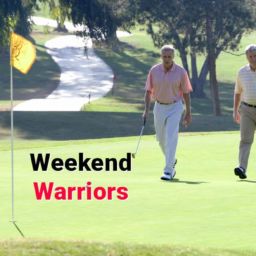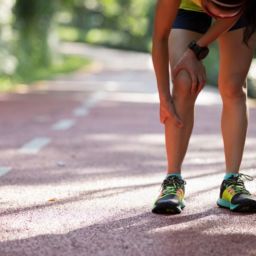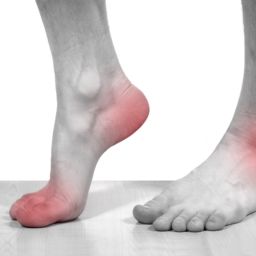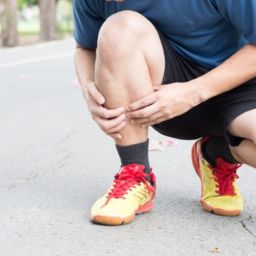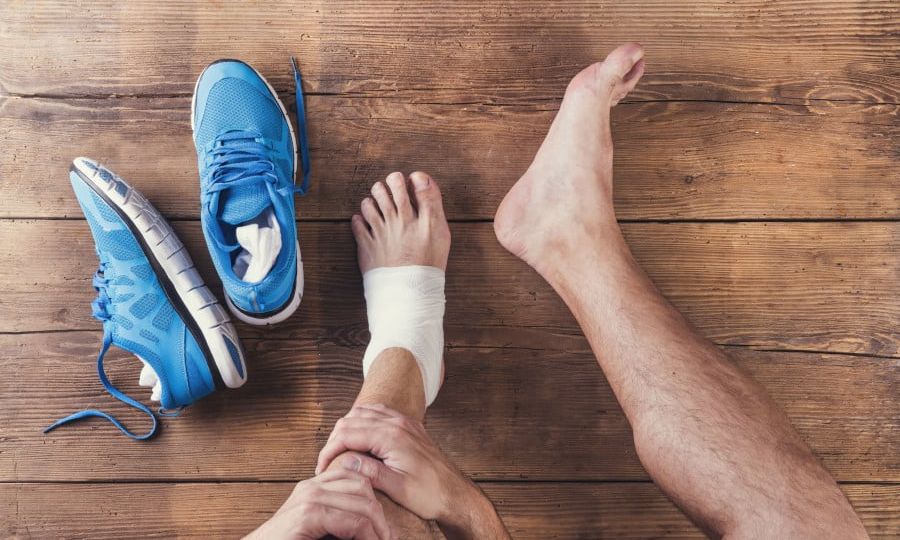
There is nothing worse than dealing with a nagging athletic injury. Whether you are an elite athlete or a weekend warrior, the guiding principles of treatment and prevention of common sports injuries all remain the same. Here we will discuss the top five reasons why athletic injuries occur and provide some insight on how to prevent them.
Overuse
Chronic wear and tear of muscles, tendons, and joints can produce fatigue and overtraining muscle strains and cramps. This may simply be due to lack of adequate rest and insufficient time for muscles to recover and heal themselves. This is why it is crucial for coaches and players to be aware of cross training and alternative activities with different styles, tempos, intensities, and time frames of exercises.
Taking breaks also helps the athlete break through a plateau in their training regimen, in addition to avoiding overuse injury of the same worn down musculotendinous complex, it confuses the “muscle memory” pattern of the athlete and allows them to face and grow in new challenges.
Too Much Too Soon
When athletes have a period when they are on Injured Reserve or dealing with either an acute or chronic injury, oftentimes they believe they can go back to pre-injury performance levels immediately. However, this is not the case. After an injury, when an athlete is medically cleared to play, they should only do 10% of the intensity of the workout they normally do on the first session and consult with coaching staff to plan a progressive regimen to work their way back up.
Improper Rehabilitation
When common sports injuries are sustained and patients are in the rehab phase, it is important that the therapists bear in mind that the athlete has to overcome two challenges. The first is complete healing of the damaged structure and tissue, and the second is reconditioning of the musculotendinous complex. So early on, modalities should include: stretching, range of motion, gait training, iontophoresis, electrical stimulation, shockwave therapy, PRP, Amnio therapy for example. Afterwards, their regimen should focus on sport specific muscle strengthening exercises.
Imbalanced Training Sessions
Have you ever been to a gym and see a person that has a chiseled upper physique, however, when looking upon their lower extremities you think “whoa..what happened?” That person consistently skips leg day. Similarly, athletes can get carried away with focusing too much on a particular muscle group and neglect the corresponding antagonistic muscle groups which can lead to a deformity in the long run.
For example, only working the pectoralis muscle group while neglecting the back and muscles of posture will lead to a kyphosis or hunched over back deformity. Furthermore, for athletes like volleyball or baseball players, the accessory muscle groups are crucial to their every day performance. So in addition to working their lattisimuss dorsi or biceps, they cannot neglect their rhomboids, teres minor, major, nor trapzezius. Review with your coach exercises and stretches one can do for a balanced regimen.
Ignorance
To think that a common sports injury sustained while practicing during a high impact activity will simply go away on its own is both foolish and dangerous. The mantra of “walking off” an injury is blasphemous in the medical literature and can even produce further damage and injury. See your local podiatrist to determine the grade of your injury, and they can come up with a plan of relative rest or safe alternating exercise activities while you recover.
By Dr Felipe Peterson, DPM, Tampa, Florida
